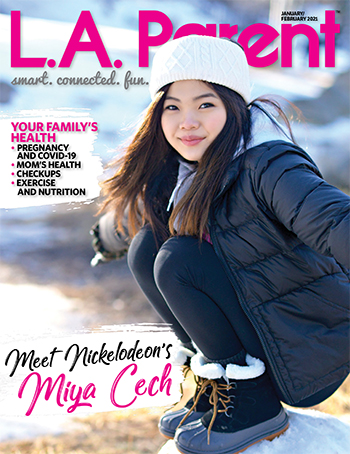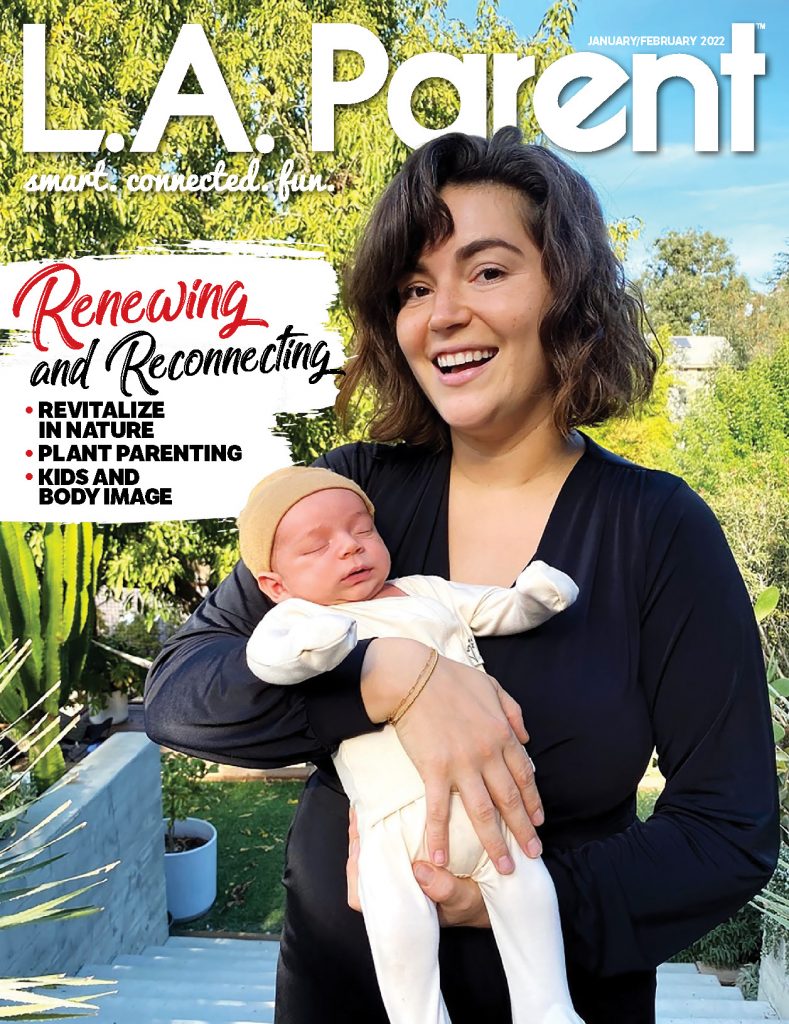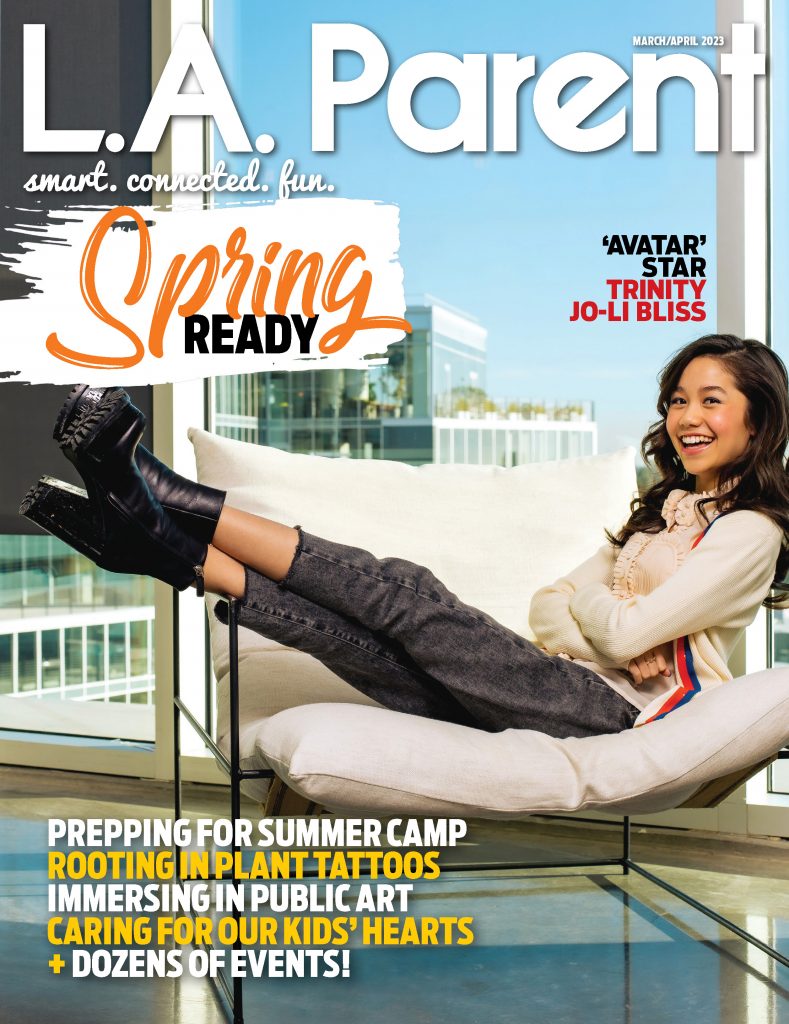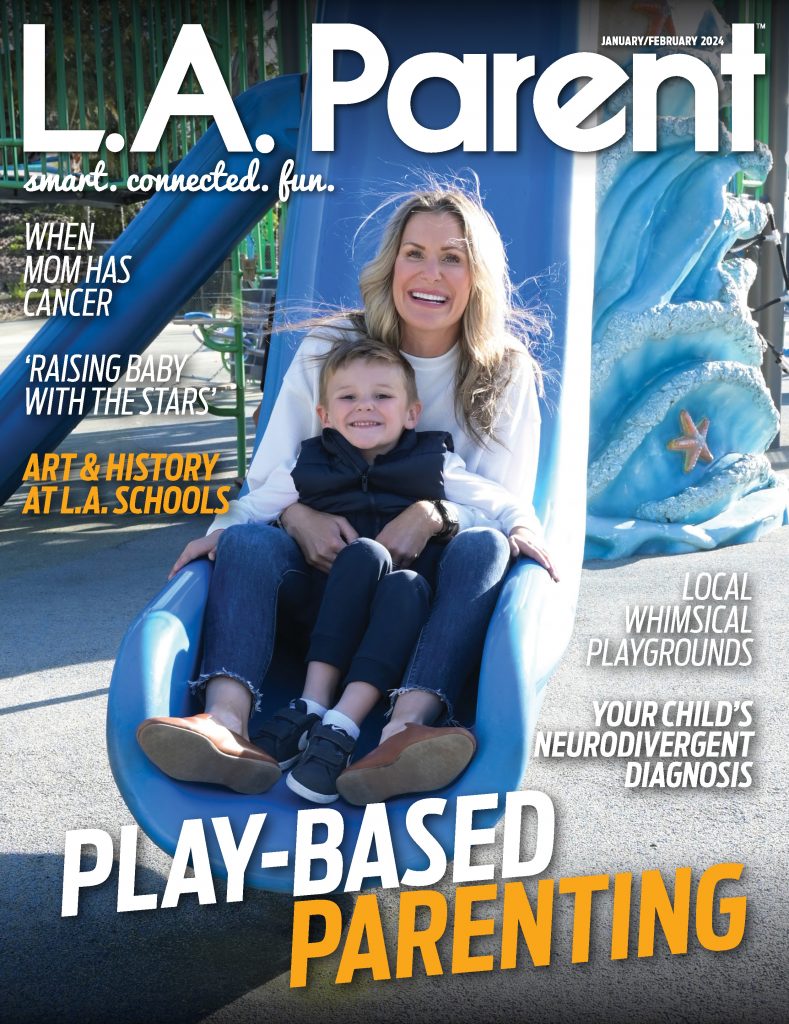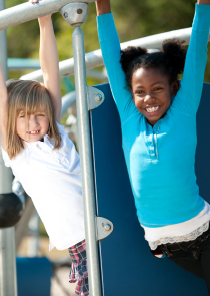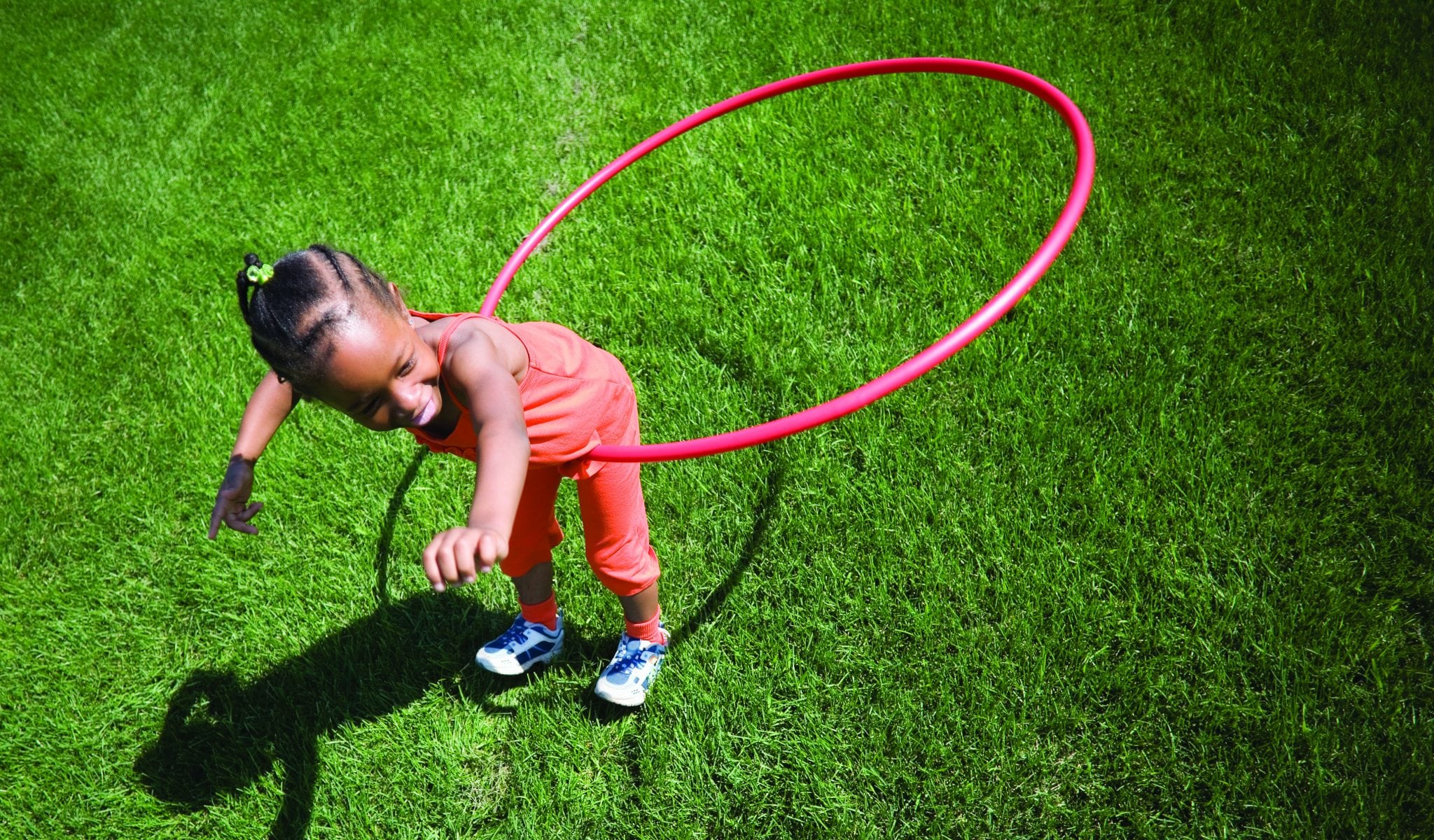 Whether your child is at the beach, on the ball field or just out playing in the park, heat-related illness is a danger this time of year. Parents often throw around the term “heat stroke,” but are usually using it incorrectly.
Whether your child is at the beach, on the ball field or just out playing in the park, heat-related illness is a danger this time of year. Parents often throw around the term “heat stroke,” but are usually using it incorrectly.
There are many forms of heat-related illness.
Heat Cramps/Edema/Syncope: It doesn’t have to be extraordinarily hot for children to develop cramps and muscle pain or swelling (edema) of the hands or feet, or to pass out (syncope). This is the mildest form of heat-related illness, but if these symptoms are ignored, heat exhaustion becomes a risk.
Heat Exhaustion: This occurs in cases of extreme heat, and kids with heat exhaustion truly feel exhausted. They appear flushed and hot, and might be vomiting or have a headache. These are serious symptoms and need to be treated right away, or heat stroke becomes a risk.
Heat Stroke: I like to call this “heat shock” because it is a form of shock. Symptoms include vomiting, disorientation and lethargy. Heat stroke changes the body’s physiology and causes organ dysfunction in the heart, brain and kidneys. This is a life-threatening condition. Kids with heat stroke generally end up in the hospital’s intensive care unit.
Whatever your child’s heat-related symptoms, immediately get them out of direct sunlight and into a cooler spot. If you suspect heat stroke/shock, immediately call 9-1-1 and take steps to cool your child down. Put ice on the groin, behind the neck, on the back and on the hands and feet. Put the child on their side in case they vomit, so food material is not sucked back into the lungs.
For milder forms of heat-related illness, fluid replenishment with water and electrolyte-containing sports drinks is the name of the game. These people need to drink, drink, drink until they start to feel better. Some people with heat exhaustion are so tired they don’t want to drink, so offer small sips every two minutes or so until they are feeling better and want to drink on their own. Cold compresses or ice bags under the arm or at the back of the neck can help cool your child. You can also hose your child off with cool water.
If your child’s symptoms are fairly mild, as long as they are improving, you don’t need to seek medical attention.

Alan L. Nager, M.D., MHA
When your child is going to be outdoors on a hot day, make sure she or he is dressed in light-colored clothes, short sleeves and pants and a hat. Sweating is the way kids cool down, so make sure the sweat isn’t trapped under layers of clothing. Have your child start drinking before going out (it takes 30 minutes for the fluid to move into your tissues), and take a break in the shade and drink something about every 20 minutes. This is a good time to cool off with wet towels and reapply sunblock. Keep in mind that alcohol, caffeine, certain anti-anxiety mediations and medical conditions such as diabetes, thyroid disease and cystic fibrosis impair ability to tolerate the heat.
Keep your child safe in the heat by being a coach, advocate and educator – and model the behavior you want them to follow.
Alan L. Nager, M.D., M.H.A., has been Director of Emergency and Transport Medicine at Children’s Hospital Los Angeles for the past 18 years, and is a professor of Pediatrics at the Keck School of Medicine of the University of Southern California.

